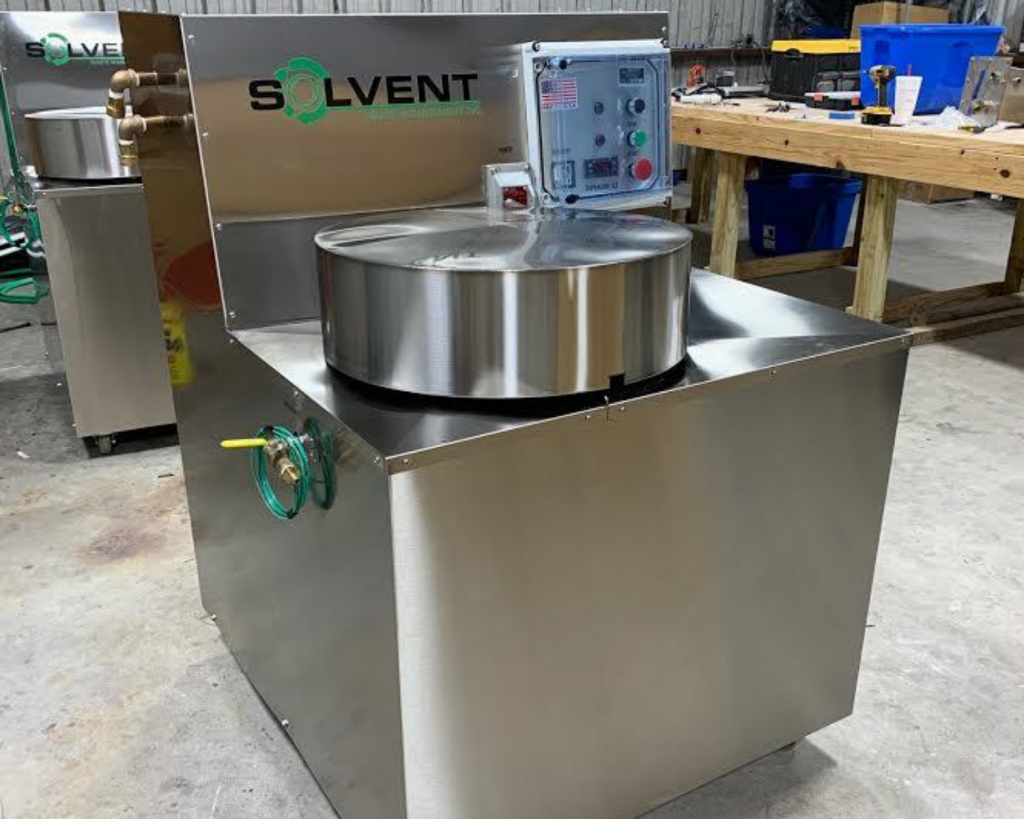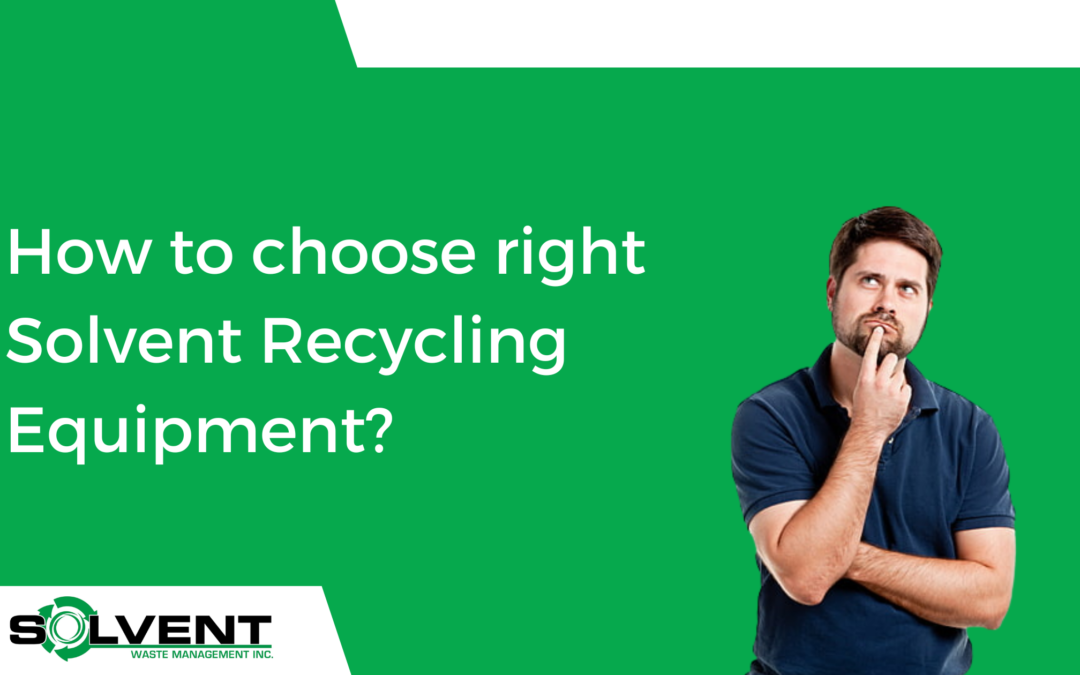Which recycling and waste equipment will be best for your company is a doubt that frequently plagues you as a business owner. When selecting the machinery that will best meet the waste and recycling needs of your specific industry, you must evaluate several different things. The general belief that trash—whether it is inside conventional bins or outside in open containers—needs regular elimination is no longer in line with the economic and environmental objectives of most businesses in the US. That is why the concept of using solvent-recycling equipment has become so popular.
Do not Just Throw It Away—Recycle It!
The fact that not all waste is valuable is the most crucial factor to consider. Tires, aluminum, cardboard, plastics, PET, textiles, and paper are just a few of the materials that you can recycle. You are losing money in two ways if you are not recycling these materials right now:
You can still make up for the lost revenue with a proactive recycling plan. It will help you sort these valuable commodities before elimination.
Choosing the Right Solvent Recycling Equipment Plays a Major Role
The right solvent recycling plan will assist you in remaining competitive by lowering solvent waste costs while supporting your company’s environmentally friendly initiatives.
But how do you know which equipment is best for your business?
There are numerous factors to consider when selecting solvent recycling equipment. The type of unit you choose can influence factors such as the type and quantity of solvent you need to treat, the type of waste residue, and the level of automation.
5 Factors to Help You Choose the Best Recycling Option
1. How Much Solvent Do You Intend to Recycle Each Week?
Companies that recycle less than 275 gallons (about 1040.99 L) per week, or 5 barrels, will typically opt for the simpler, more compact solvent-saver batch (SSB) models. If you recycle more than 275 gallons (about 1040.99 L) per week, a larger solvent-saver continuous (SSC) line will be a better fit. The SSB models use waste bags, which are convenient for lesser amounts but inefficient for larger volumes of waste. So, the volume of solvent will impact your choice of solvent recycling equipment.
2. Would You Like Automation?
Although it can also be there in solvent saver batch (SSB), “Autofill” is a standard feature of the SSC line of equipment. Consider the SSC range if your business wants a more automated and remote-controlled system for your process. A standard feature of SSC units, the auto-fill feature enables continuous, automatic recycling. The automation enables automatic pumping, in which the solvent is pumped, distilled, and expelled from the apparatus.
The SSC unit has timers and switches to make sure that fresh waste solvent replaces the recycled solvent. Along with that, it also offers a wide range of additional automation options to further improve the system. Some examples would be auto sludge discharge, high viscosity scraper shutdown features, and many other features.
3. Do You Have High Boiling Points?
If the boiling point of your chemical mixture is high, solvent-recycling equipment with a vacuum is necessary. Are you wondering why? Because vacuums force substances to separate at temperatures below boiling. As a result, you can separate and recover substances that boil at elevated temperatures.
4. The Presence of Nitrocellulose
A chemical compound called nitrocellulose can produce an exothermic reaction that could release heat and toxic fumes. You need a safe option for your solvent recycling unit if your business uses nitrocellulose-containing solvents. Your solvent recycling equipment must have extra features like auto cooling, a vacuum, and a steep conical wall.
5. Continuous Recycling Vs. Batch Recycling
Another point to consider while choosing solvent recycling equipment is the difference between continuous and batch recycling. The main difference between the two lies in the level of human input.
- Batch Recycling: It is a cycle-by-cycle process that requires human intervention during loading and unloading. The employee presses a button or manually fills the distillation vessel; after about 8 hours, they can return to retrieve the drum, which is now filled with the recovered solvent. When the user returns, the machine is tilted, removing the waste bag, and you need to repeat the process if you need more recycling.
- Continuous Recycling: The staff member remotely taps a button to initiate the autofill pumping process. Because of the system’s automation, the machine will fill itself, stopping when the distillation vessel is filled with the new solvent. When the unit is full, the recycling process begins, and the unit self-cleans, removing waste buildup. You can control and monitor the system remotely.
The Final Thoughts
Are you looking for the best strategy to improve the way your business operates right now? Choose the most-suitable solvent recycling equipment to save money. Consider the points mentioned above before making up your mind. Plus, choose the best manufacturer who can assist you in selecting your equipment. Ensure you get a quality warranty, preventive maintenance plans, world-class customer service, and financing options as well.
About Solvent Waste Management
Since 1994, Solvent Waste Management, Inc. has assisted many companies in a variety of different industries not only improving their operations but also reducing costs.
Solvent Waste Management Inc. designs and manufactures solvent distillation equipment that cleans contaminated solvents, allowing users to restore and continuously reuse solvents – thereby saving money on the cost of disposal and the cost of new solvents.

Model SW8 Solvent Recovery System
Model SW30 Solvent Cleaning Machine
Model SW55 Solvent Recycler Machine
Model SW70 Solvent Recovery Equipment
Solvent Waste Management designs and manufactures solvent recycling equipment that cleans contaminated solvents in such a way that the customer can reclaim and reuse solvents again and again, thus saving on both the cost of solvent disposal and the cost of new materials.

